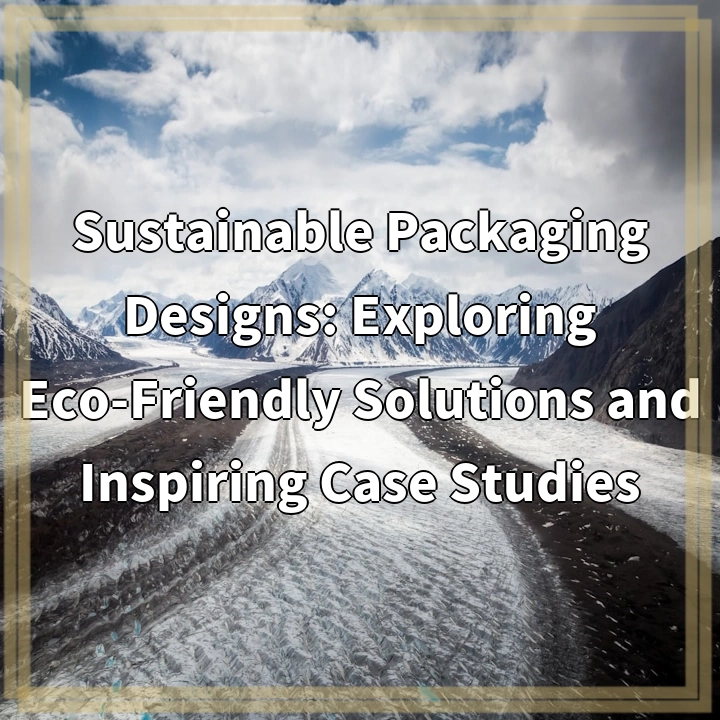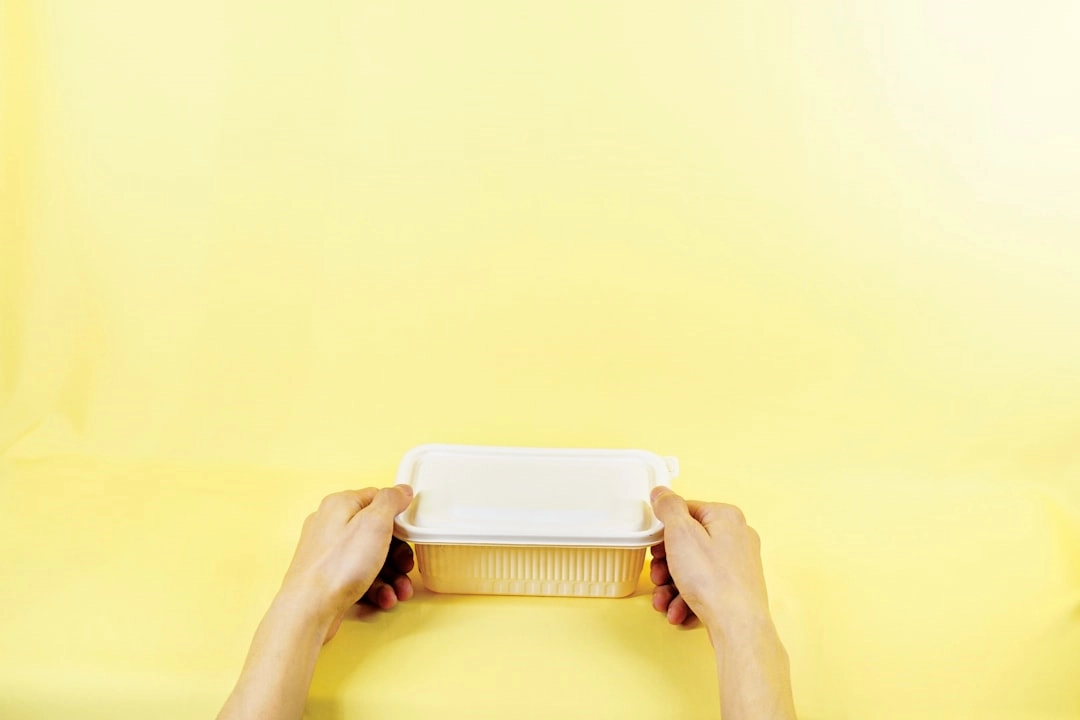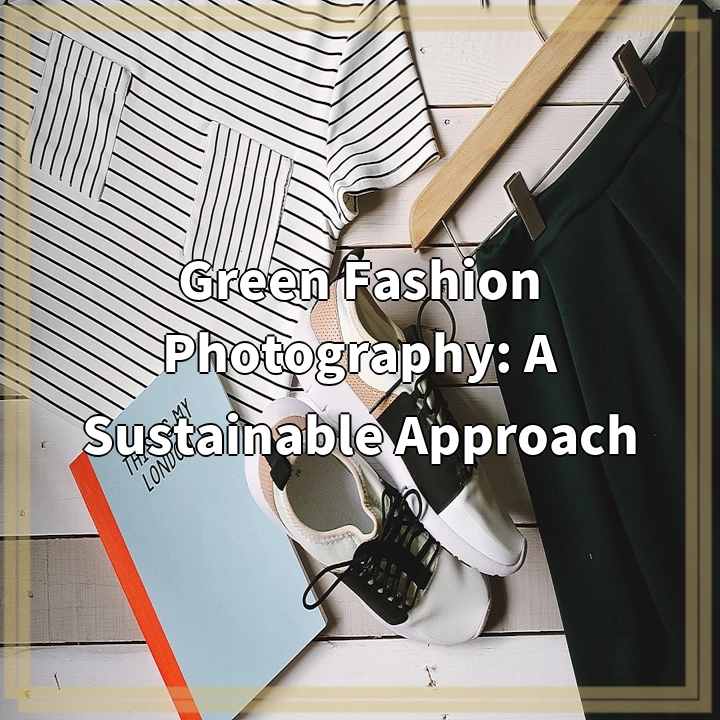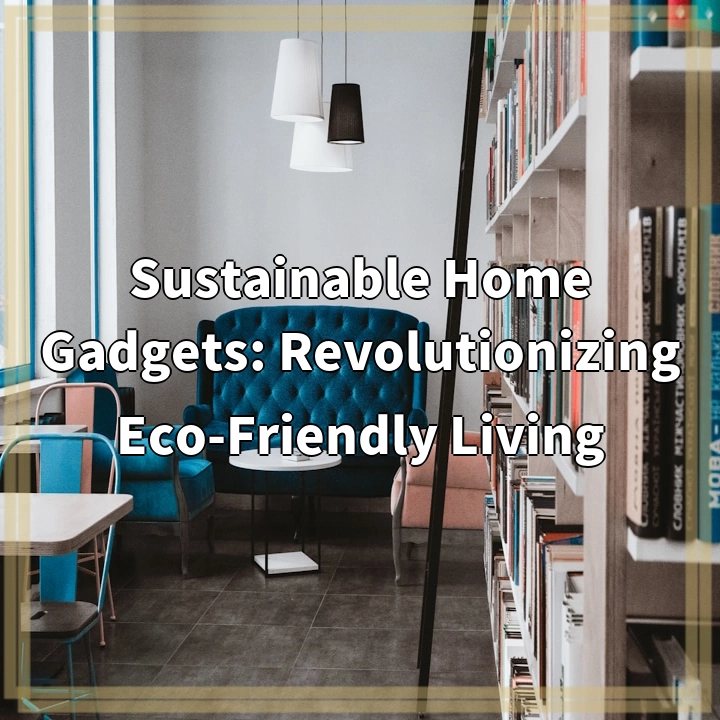
What is Sustainable Packaging Designs?
Sustainable packaging designs refer to the development and implementation of eco-friendly solutions in the realm of product packaging. It involves considering the entire life cycle of packaging materials and the impact they have on the environment. The aim is to minimize environmental harm while still effectively containing and protecting products.
Real-World Problems Associated with Sustainable Packaging Designs
While sustainable packaging designs offer numerous benefits, there are also a few real-world problems that need to be addressed to achieve widespread adoption and effectiveness.
1. Cost
One key challenge is the cost associated with sustainable packaging materials and practices. Environmentally friendly alternatives, such as biodegradable or compostable materials, are often more expensive than traditional options. This can pose a financial burden for businesses, especially small and medium-sized enterprises, making it challenging to implement sustainable packaging designs on a large scale.
2. Limited Options and Compatibility
Another issue is the limited availability and compatibility of sustainable packaging options. While efforts are being made to expand the range of eco-friendly materials, certain industries or specific product requirements may not have suitable alternatives yet. This can be particularly problematic for industries that require large-scale and specialized packaging solutions.
3. Consumer Education and Behavior
Changing consumer behavior and raising awareness about the importance of sustainable packaging is essential. Many consumers are still unaware of the impact of packaging waste on the environment or are not willing to pay extra for sustainable options. Education and campaigns are needed to inform and encourage consumers to choose products with eco-friendly packaging, ultimately driving demand and creating more incentives for businesses to adopt sustainable practices.
4. Infrastructure and Collection Systems
Sustainable packaging designs require proper infrastructure and collection systems to ensure that materials can be effectively recycled or repurposed. Inadequate recycling facilities, inconsistent waste management practices, and a lack of standardized labeling and guidelines can hinder the recycling process and lead to increased waste.
5. Balancing Functionality and Sustainability
A fundamental challenge is finding the balance between functionality and sustainability in packaging designs. Packaging must still fulfill its primary purpose of protecting products during transportation and storage while minimizing environmental impact. Achieving this balance requires continuous innovation and collaboration between packaging designers, manufacturers, and sustainability experts.

Solutions for Sustainable Packaging Designs
Despite the challenges associated with sustainable packaging designs, there are several solutions that can help overcome these real-world problems:
1. Innovation and Research
Ongoing research and development efforts are crucial in finding new and cost-effective sustainable packaging materials and practices. Investment in innovative technologies and collaborations between industries, scientists, and packaging designers can lead to breakthrough solutions that are both environmentally friendly and economically viable.
2. Government and Industry Support
Government policies and incentives can play a significant role in promoting sustainable packaging designs. Implementing regulations and offering financial incentives or grants can encourage businesses to adopt eco-friendly packaging practices. Additionally, industry associations and organizations can provide guidance, resources, and support to help businesses transition to sustainable packaging options.
3. Consumer Education and Awareness
Creating awareness among consumers about the environmental impact of packaging waste is crucial. Educational campaigns emphasizing the importance of choosing products with sustainable packaging and highlighting the benefits can change consumer behavior. Increased demand for eco-friendly packaging can also motivate businesses to invest in sustainable options.
4. Collaborative Efforts
Collaboration between stakeholders, including packaging designers, manufacturers, suppliers, and recycling facilities, is essential. By working together, they can address compatibility issues, streamline recycling processes, and develop standardized labeling and guidelines for sustainable packaging. Collaboration can also facilitate knowledge-sharing and foster innovation within the industry.
5. Circular Economy Approach
Adopting a circular economy approach can help reduce the environmental impact of packaging waste. This involves designing packaging that is reusable, easily recyclable, or made from recycled materials. It also includes implementing efficient collection and recycling systems to ensure a closed-loop system, where packaging materials are continuously reused or turned into new products.















